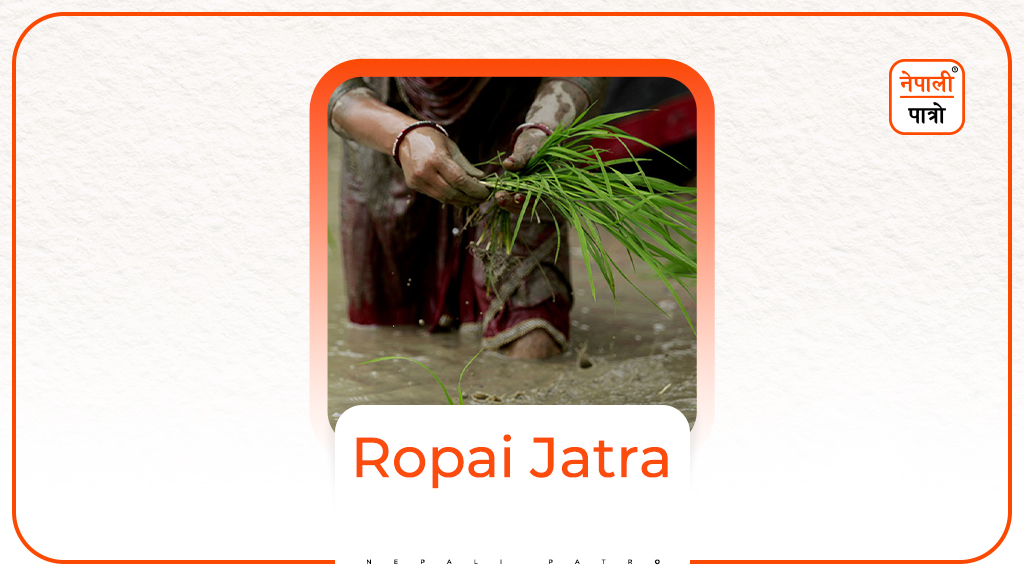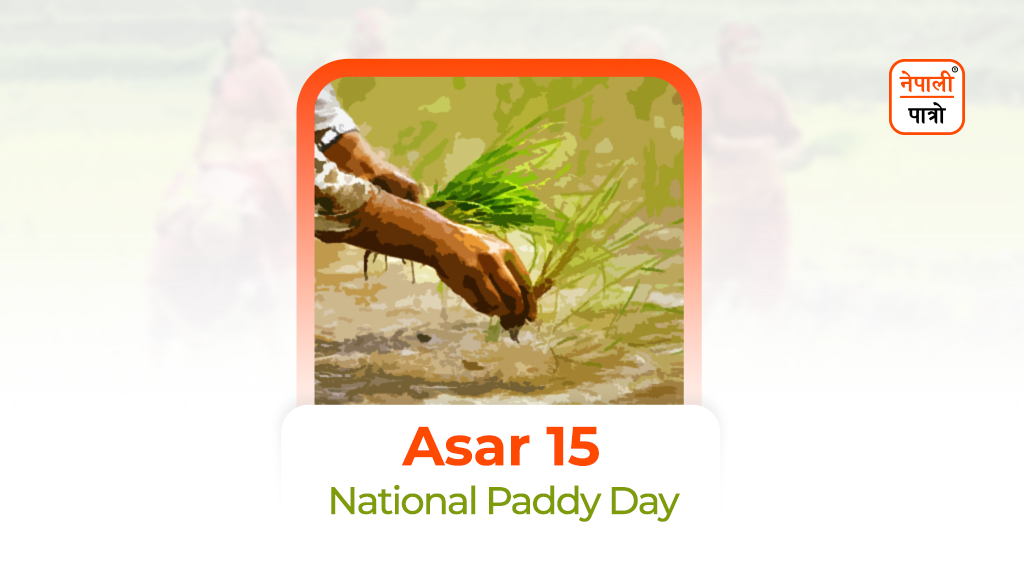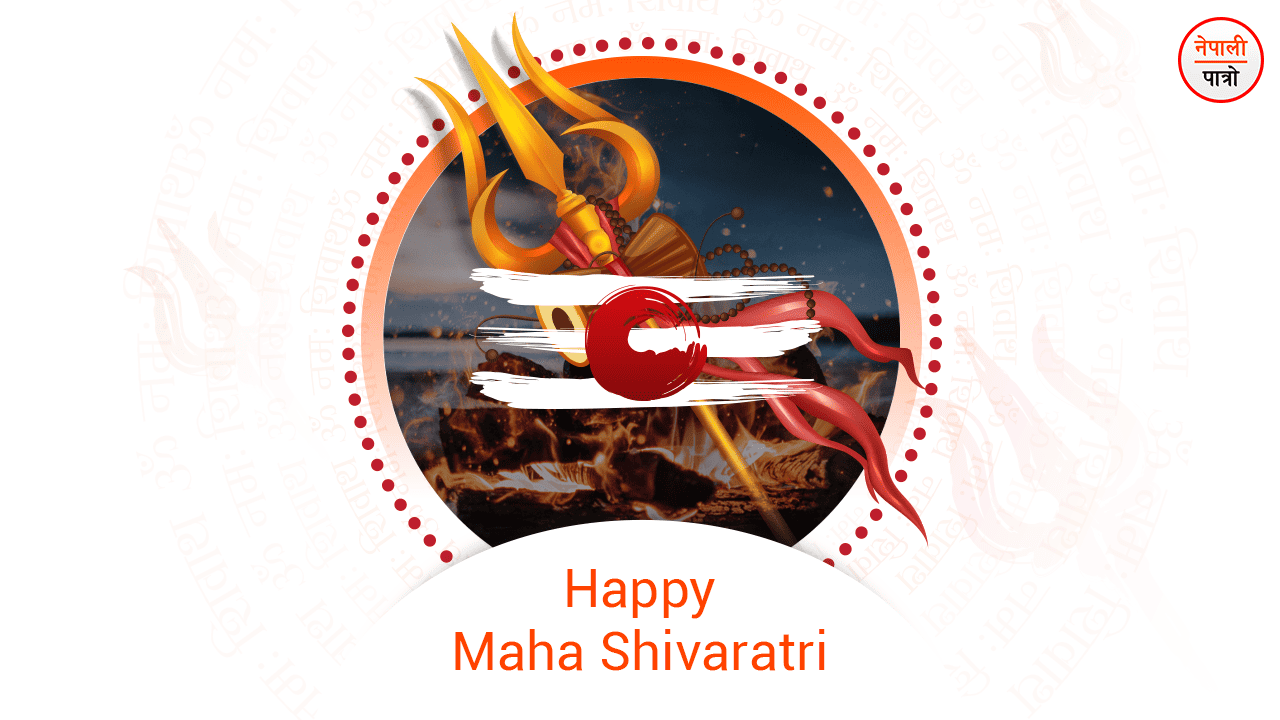
Ropai Jatra – Sinajya Jatra – Chopai Jatra
The “Ropai Jatra”, also known as “Sina Jya Jatra” of the Nepal Bhasa or Newari community, and the “Chopai Jatra” of the Midwest and Far West of Nepal especially around Jumla is being celebrated all over the country today. Especially celebrated by the Newa: community, Ropai Jatra has nowadays become a celebration for everyone in different parts of the country. Ropai Jatra is known as “Sina Jya Jatra” in Nepal Bhasa. The celebration procession of this Jatra starts on the day of Bhadra Krishna Pakchya Dwitiya Tithi (date) every year and lasts for a week. The tradition remains of finalizing it on the day of Krishna Janmashtami. In many places, it is customary to celebrate Ropai Jatra on the day after Gaijatra, i.e. today.
It is said that Ropai Jatra was started by Gajraj Singh Thapa, the then Governor of Ilam and also the Colonel of Nepal Army during the Rana regime in the year 1972 B.S. He is also known as the founder of the Nepali tea industry. Under the leadership of Nepal bhasa society and other cultural societies, this jatra/procession is celebrated in different parts of the country on different days in their own way.
Ropai Jatra is an important cultural festival celebrated by Nepali society in this agriculture-dominated country. This celebration is also known as the Farmers’ Celebration. The atmosphere on the day of this procession is made colorful by the glimpses of different ethnic cultures of Nepal. On the occasion of this procession, there is a tradition of singing songs from house to house similar to the Deusi-Bhailo tradition of the Yama Panchak-Tihar festival in the city markets including various folk music as well.
With a belief that this celebration will bring a good harvest, this Jatra is celebrated across the country in recent times. The recently dead family members are also commemorated this day. The main attraction of this procession is the humorous and satirical programs showing the plantation mimicry done by Asar plantation field workers as Hali (a person using bulls and halo to plow the field), Bause (the job of men to even the field using Kodali, a kind of spade), Ropahar (paddy planters), etc. In this procession, men can be seen planting paddy in women’s clothing. Similarly, in the rhythm of the original instrument of Nepal, the Panchai Baja, the Bause and the Ropahars perform the mimicry of paddy plantation during this festivals’ celebration.
This jatra or procession which started from Newa: culture is celebrated in happiness when paddy plantation concludes. During the procession of this festival, the farmers gather, dance, and sing Asare Songs in the beat of musical instruments. There is a popular belief that this procession will help to make everyone’s life easier as this day is used to express the worries, dissatisfaction, and pains of daily life in the form of laughter and jokes.
This festival celebrated all over the country to forget the fatigue and stress of paddy plantation, is celebrated in different places in different ways and with different names. Ropai Jatra is also known as “Chopai Jatra” towards Karnali. In the local language, there “chopai” means “to dip” or “immerse”. In many places, it is a belief that the owner of a paddy field should be dipped/immersed in the mud today inside his field, hence the name Chopai Jatra. Around Karnali, it can be seen that Chopai Jatra is not just a Jatra or procession but also a tradition.
Chopai is also popularly celebrated as a celebration where the newlywed bride and groom are given a tour of the main field during the first year of plantation. During the paddy plantation in the central and far west of Nepal, it is customary to keep a Julungo or Putali/Pulti (scarecrow) in the field. This scarecrow known as pulti is called “Kotha”, “Poko” or “Bhakari” in different places. Also called “Khya-cha” in Newari, Pulti is of great importance during the Ropai Jatra in those places. In particular, it is customary for the daughters to make the pulti in the field. In Jumla, the newlyweds or the newborn baby are given a circumambulation of the pulti after placing it in the planting field.
After the circumambulation, they are sent out of the field with a Tika (small round mark on the forehead, normally red) and Dubo/dubo ko mala (dhurba or bermudagrass or its garland). And, the pulti keeper takes a handful of paddy seedlings in both of her hands and dances around the puppet/pulti in the beat of Nagada (a kind of a drum), inviting the father of the newly-married groom or the father of the newborn baby for the Ropai/chopai. During the Chopai invitation, the Asare song is sung. After the invitation, young men of the village immerse or dip the father of the groom or father of the newborn in the mud. In this way, Ropai Jatra is celebrated in different places including all the western districts of Nepal, but the way of celebrating is found to be somewhat different.
During the Ropai Jatra, on the day of Bhadra Krishna Tritiya, a man in the guise of a woman imitates distributing food to the farmers, and horsemen participate in it adding liveliness to the procession around Pashupatinath development areas such as Jay Bageshowri, and Til Ganga. All these activities give a glimpse of traditional agricultural life in the country. Similarly, various communities around the stupa of Baudhanath also celebrate this procession in memory of their deceased.
As a symbol of unity in diversity, there are many festivals and processions of different communities living in Nepal. Nepal certainly is a very rich country in terms of culture and it is the need of this hour to preserve and respect every community and its festivals. It is necessary to promote our innumerable festivals that exist for future generations by preserving each other’s festivals, way of life, language, costumes, etc.
On the occasion of Ropai Jatra/Chopai Jatra or SinaJya Jatra, best wishes from the Nepali Patro to all our readers and all Nepali. To read this article in the Nepali Language please click here.


August 28, 2024 1 year
ropai